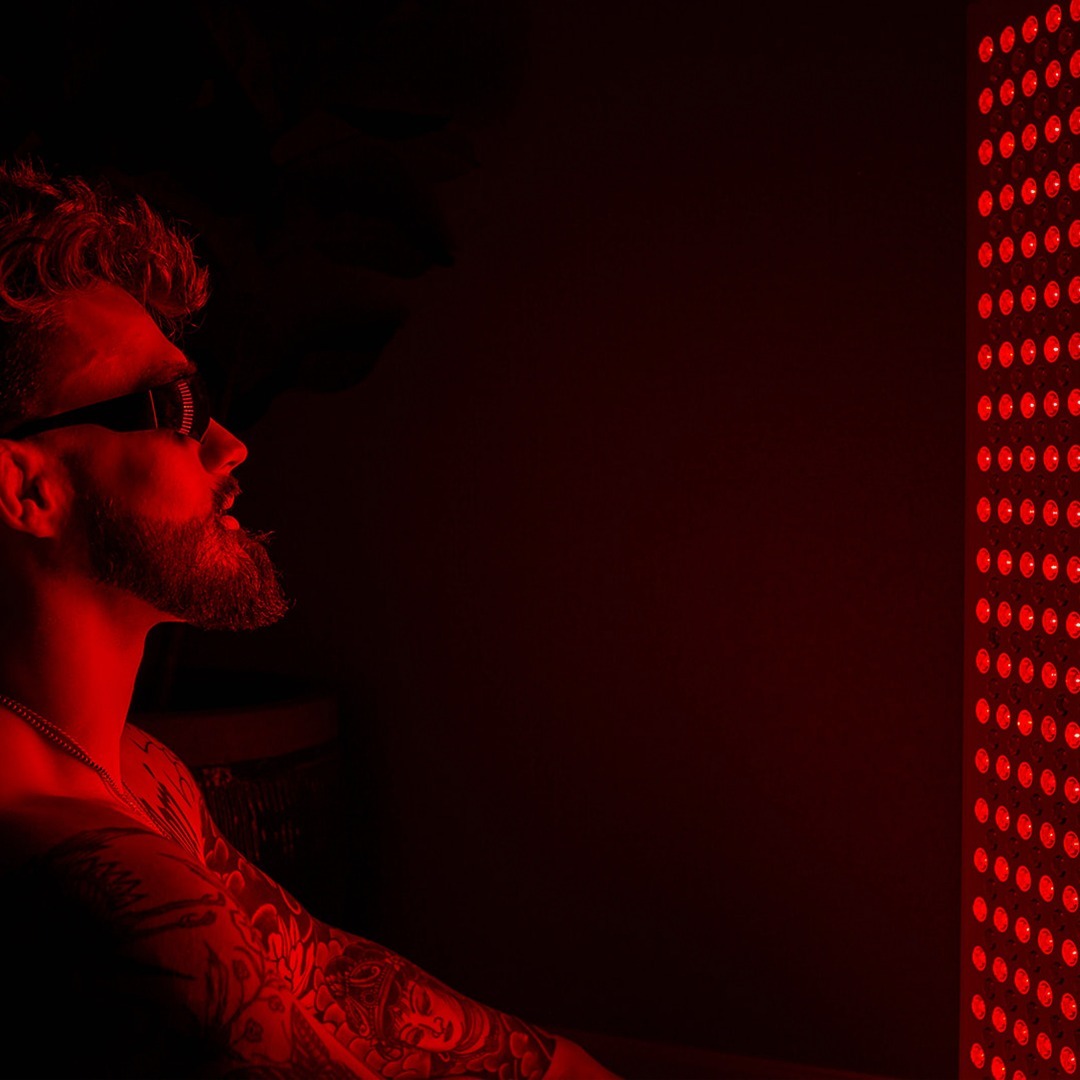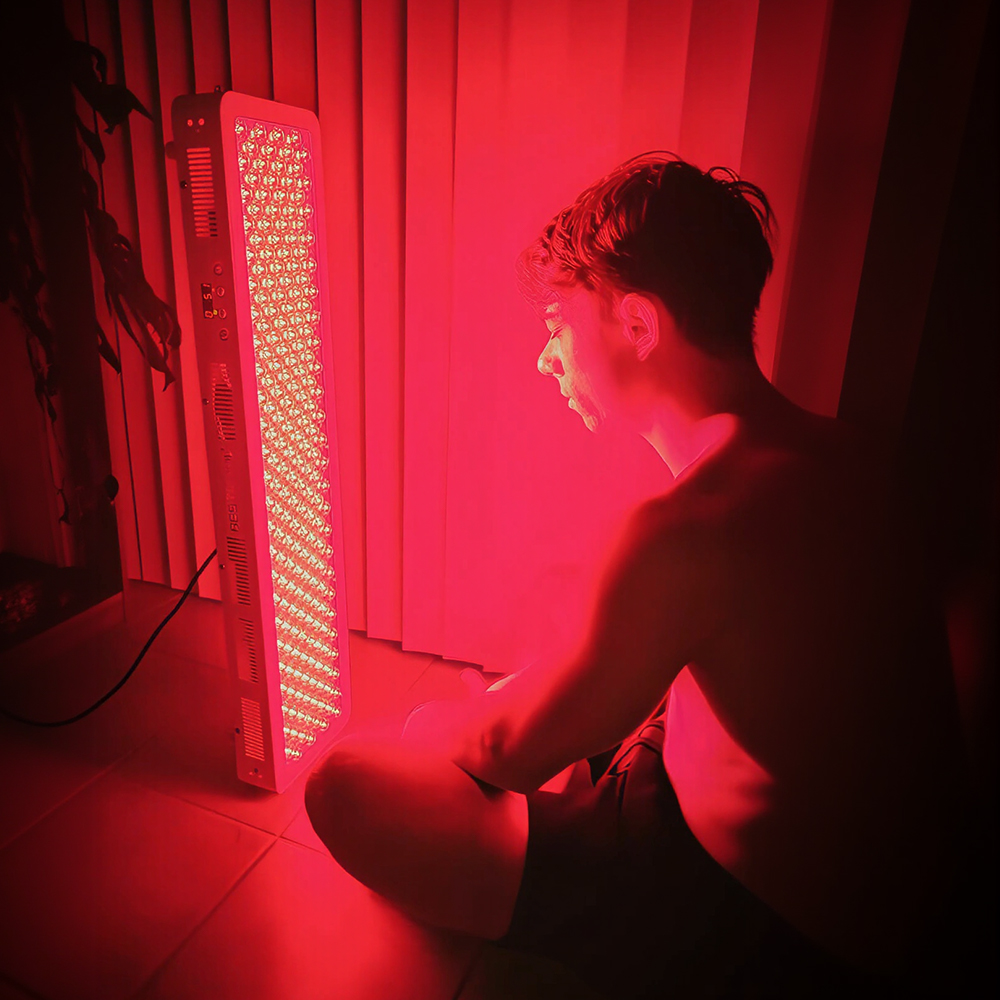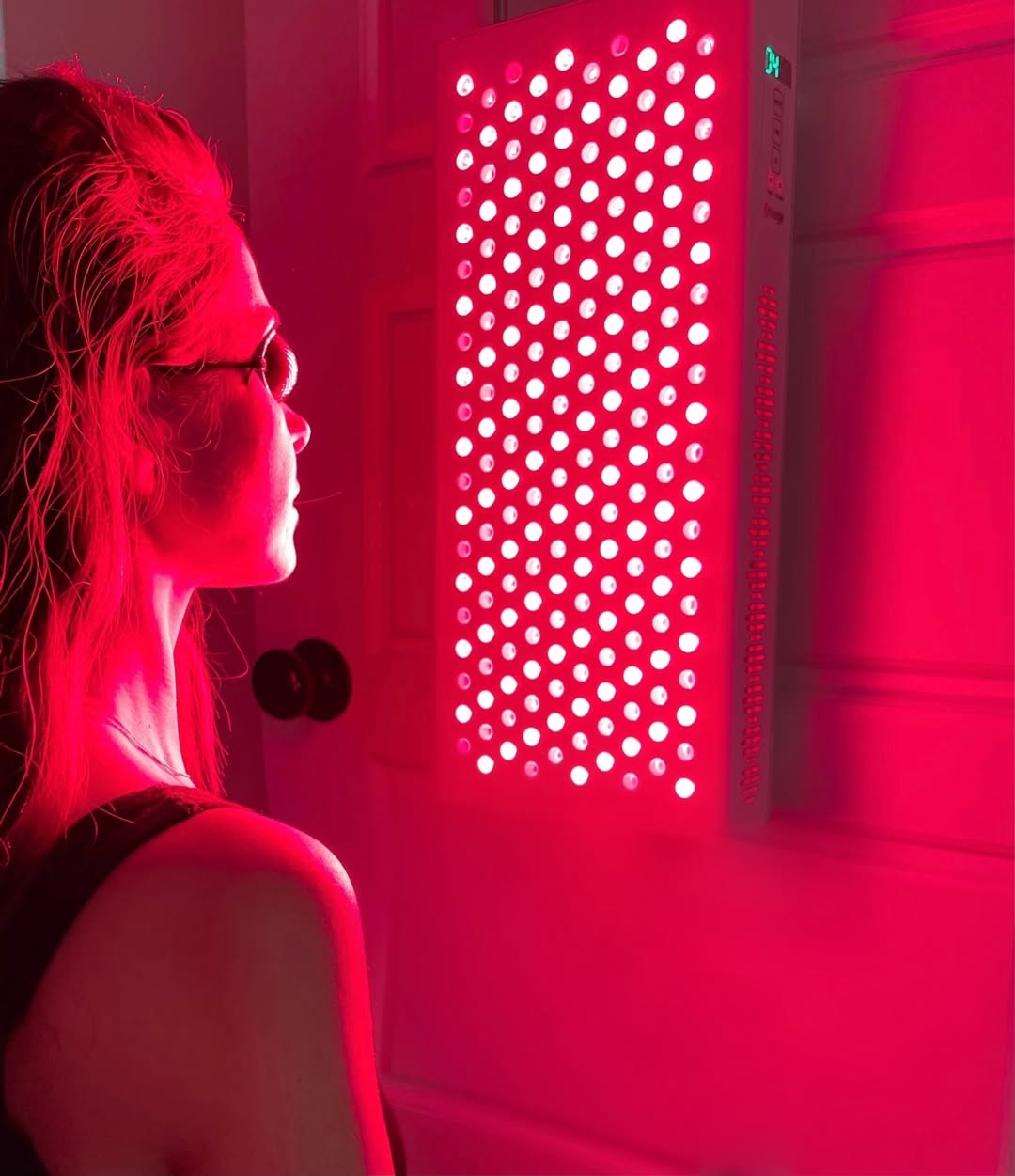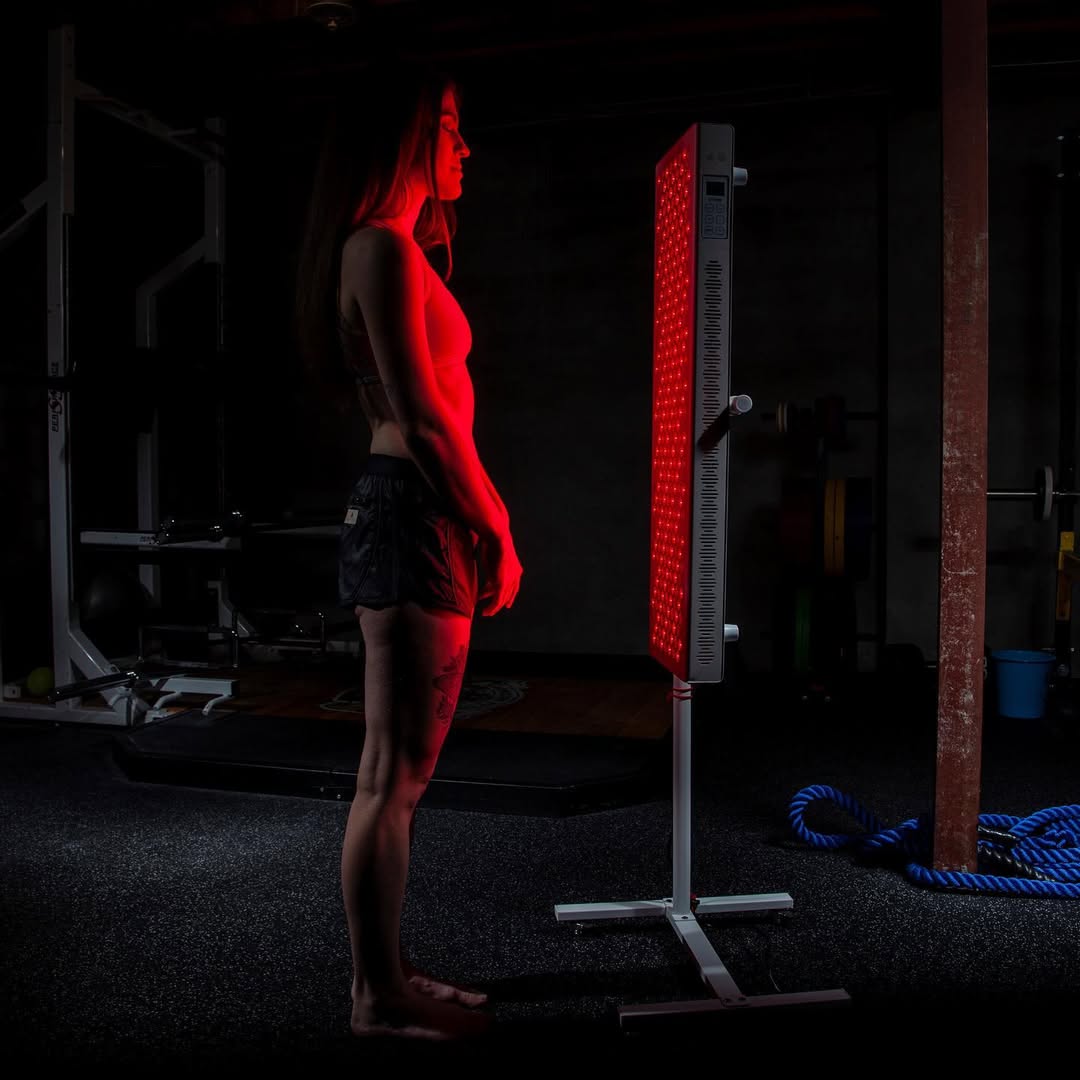![]() Free Shipping
Free Shipping ![]() Buy Now, Pay Later
Buy Now, Pay Later ![]() Eligible
Eligible
Red Light Therapy for Swimmers: Enhancing Recovery Between Races

Introduction
Competitive swimming is a demanding sport that requires peak physical performance, endurance, and rapid recovery between races. Swimmers often participate in multiple events in a single meet, with minimal time to recuperate. Traditional recovery methods like ice baths, compression garments, and stretching are common, but an emerging technology—red light therapy (RLT)—has gained attention for its potential to accelerate muscle recovery, reduce inflammation, and improve overall performance.
This comprehensive guide explores how red light therapy can benefit swimmers, the science behind it, practical applications, and how to integrate it into a training regimen for optimal race-day performance.
Understanding Red Light Therapy
What is Red Light Therapy?
Red light therapy (RLT), also known as photobiomodulation (PBM), is a non-invasive treatment that uses low-wavelength red and near-infrared (NIR) light to stimulate cellular function. Unlike UV light, which can damage skin, RLT penetrates tissue safely, promoting healing and reducing inflammation.
How Does It Work?
When red and near-infrared light is absorbed by cells, it enhances mitochondrial function—the powerhouse of cells responsible for energy (ATP) production. This process leads to:
- Increased ATP synthesis → More energy for muscle repair
- Reduced oxidative stress → Faster recovery from intense exercise
- Enhanced blood circulation → Better oxygen and nutrient delivery
- Decreased inflammation → Less muscle soreness
Types of Red Light Therapy Devices
Swimmers can use various RLT devices, including:
- Handheld devices (for targeted muscle groups)
- Full-body panels (for comprehensive recovery)
- Wearable wraps (for on-the-go treatment)
- LED light beds (used in clinics)
The Science Behind Red Light Therapy and Athletic Recovery
1. Accelerated Muscle Recovery
Swimming involves repetitive, high-intensity movements that cause micro-tears in muscle fibers, leading to soreness and fatigue. Studies show that RLT:
- Reduces creatine kinase (CK) levels (a marker of muscle damage)
- Speeds up protein synthesis, aiding muscle repair
- Decreases delayed onset muscle soreness (DOMS)
A 2016 study in the Journal of Athletic Training found that athletes using RLT had 30% faster recovery compared to control groups.
2. Reduced Inflammation and Swelling
Inflammation is a natural response to intense exercise, but excessive inflammation slows recovery. RLT has been shown to:
- Lower pro-inflammatory cytokines
- Increase anti-inflammatory markers
- Reduce joint and muscle swelling
This is particularly beneficial for swimmers who experience shoulder inflammation (common in freestyle and butterfly strokes).
3. Enhanced Circulation and Oxygenation
RLT stimulates nitric oxide release, which improves blood flow. Benefits include:
- Faster removal of metabolic waste (like lactic acid)
- Improved oxygen delivery to muscles
- Better endurance in back-to-back races
4. Pain Relief Without Drugs
Many swimmers rely on NSAIDs (like ibuprofen) for pain relief, but long-term use has risks. RLT offers a drug-free alternative by:
- Stimulating endorphin release
- Blocking pain signals in nerves
5. Improved Sleep and Circadian Rhythm
Quality sleep is crucial for recovery. RLT exposure (especially in the morning) helps regulate melatonin production, leading to deeper, more restorative sleep.
Practical Applications for Swimmers
When to Use Red Light Therapy
- Pre-Race (Warm-Up)
- 5-10 minutes of RLT on major muscle groups to enhance blood flow.
- Between Races (Quick Recovery)
- 3-5 minutes on shoulders, back, and legs to reduce fatigue.
- Post-Training (Recovery Mode)
- 10-20 minutes to maximize muscle repair overnight.
Best Treatment Areas for Swimmers
- Shoulders & Rotator Cuffs (Prevents swimmer’s shoulder)
- Back & Lats (Critical for powerful strokes)
- Legs & Hip Flexors (Essential for flip turns and kicks)
- Hands & Wrists (Improves feel for the water)
Combining RLT with Other Recovery Methods
For best results, pair RLT with:
- Cold water immersion (reduces inflammation)
- Compression wear (enhances circulation)
- Proper hydration & nutrition (supports cellular repair)
Real-World Success Stories
Case Study 1: Olympic Swimmer’s Secret Weapon
A 2020 report revealed that several Olympic swimmers incorporated RLT into their recovery routines, citing faster turnaround times between events and reduced muscle stiffness.
Case Study 2: College Swim Team’s Experiment
A NCAA Division I team used RLT for 6 weeks and reported:
- 23% decrease in muscle soreness
- 15% improvement in 200m freestyle times
- Fewer missed training days due to injury
VELLGUS Elite V2
THE #1 RATED RED LIGHT DEVICE
VELLGUS pro V2
THE #1 RATED FULL BODY RED LIGHT DEVICE
How to Get Started with Red Light Therapy
Choosing the Right Device
- For home use: Consider Joovv, Rouge, or Mito Red Light panels.
- For portable use: Try FlexBeam or LightStim handheld devices.
- For professional settings: Full-body LED beds at recovery clinics.
Recommended Protocol
- Frequency: 3-5 sessions per week (daily during heavy training).
- Duration: 5-20 minutes per body part.
- Distance: 6-12 inches from skin for optimal penetration.
Safety Considerations
- Avoid looking directly into high-intensity LEDs.
- Start with shorter sessions to assess tolerance.
- Consult a sports medicine professional if unsure.
Conclusion: The Future of Swimming Recovery
Red light therapy is a game-changer for swimmers, offering faster recovery, reduced pain, and improved performance without side effects. As more athletes and coaches adopt this technology, it could become as essential as stretching and hydration in competitive swimming.
Whether you’re a high school swimmer, collegiate athlete, or masters competitor, integrating RLT into your routine could be the key to smashing personal bests and recovering like a pro.
Final Thought
“Swimming is won in the milliseconds—red light therapy might just be the edge you need.”








